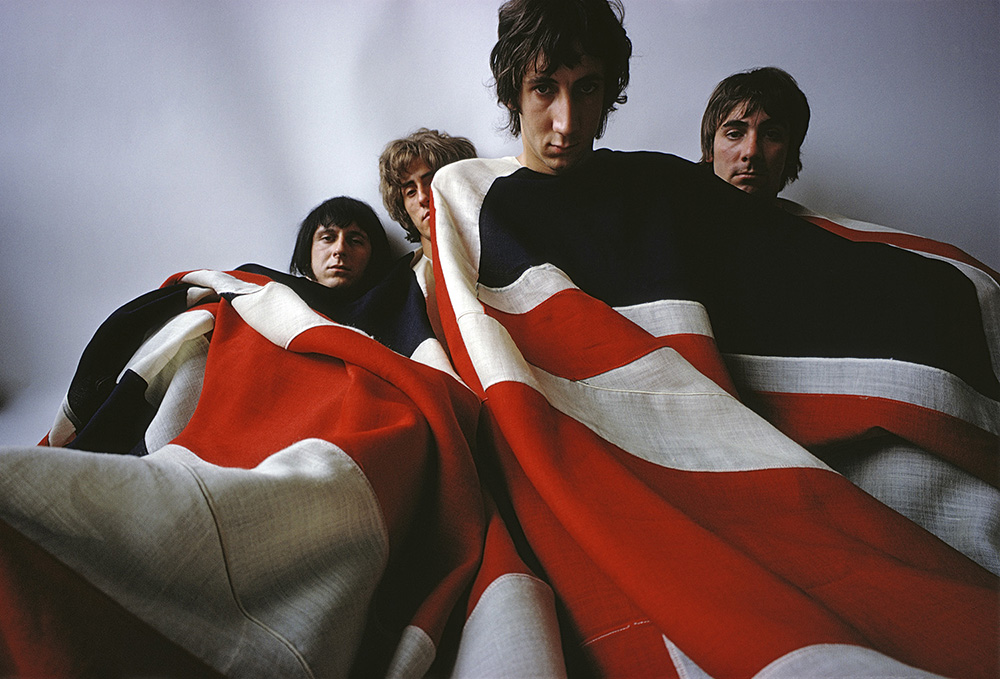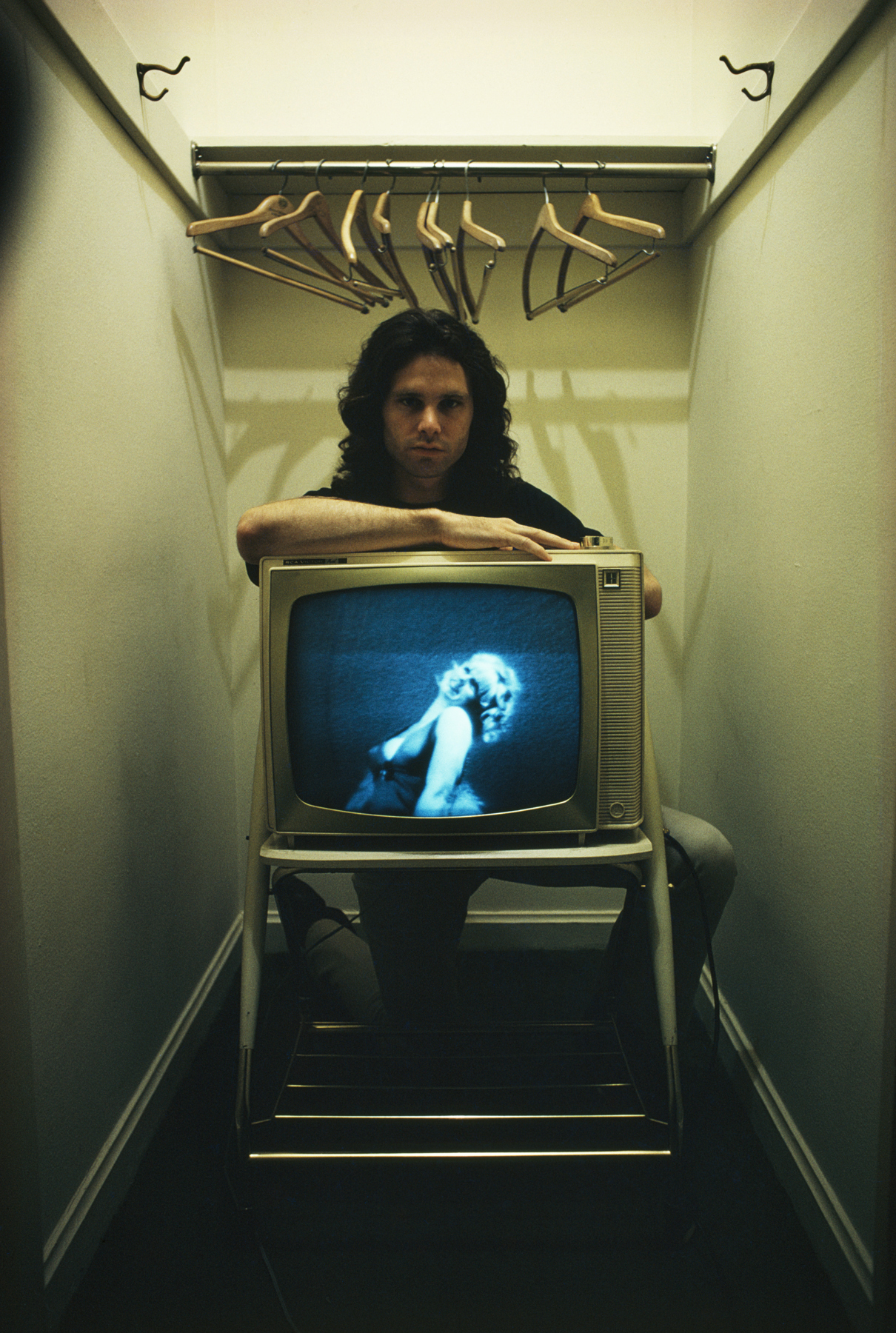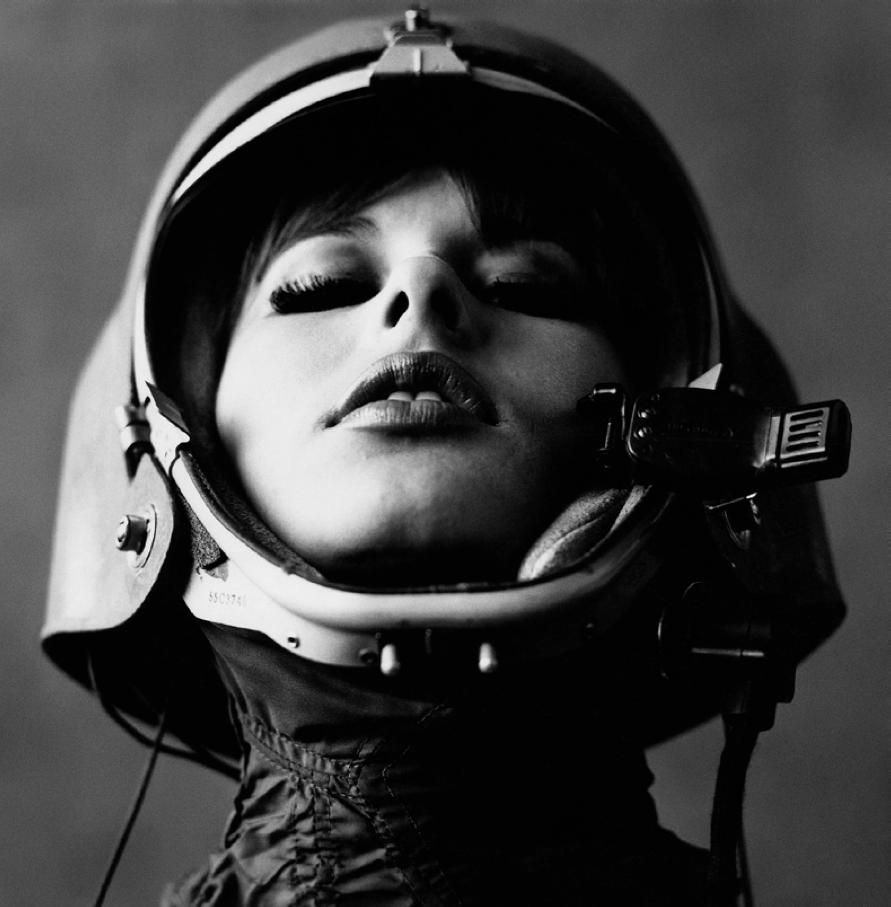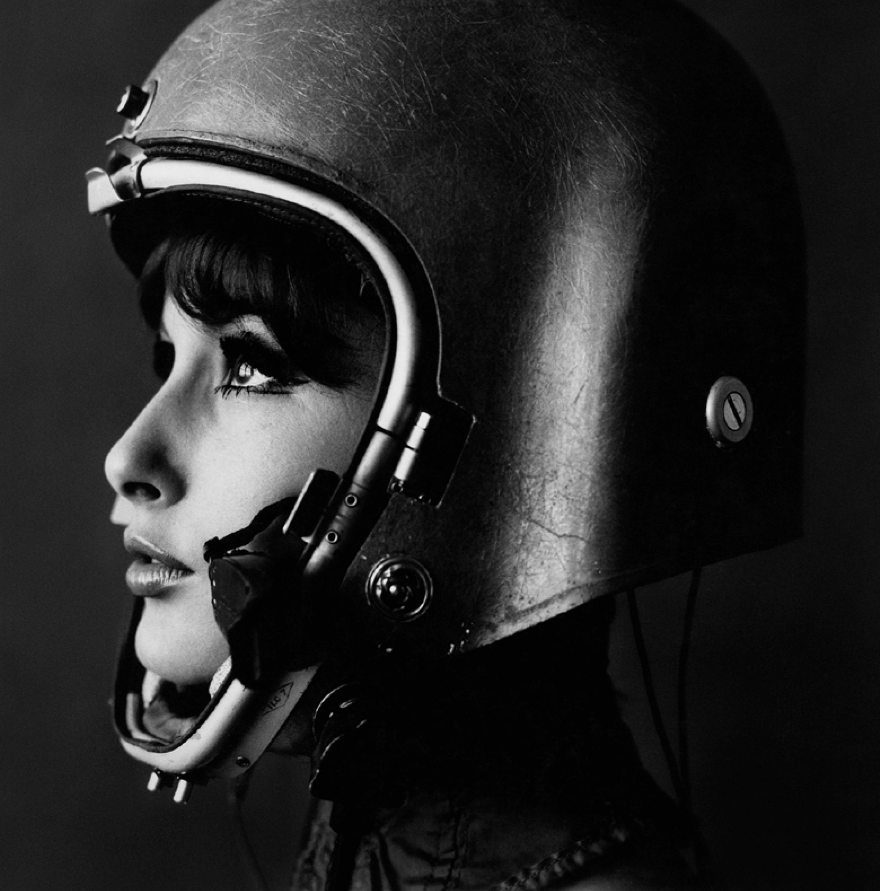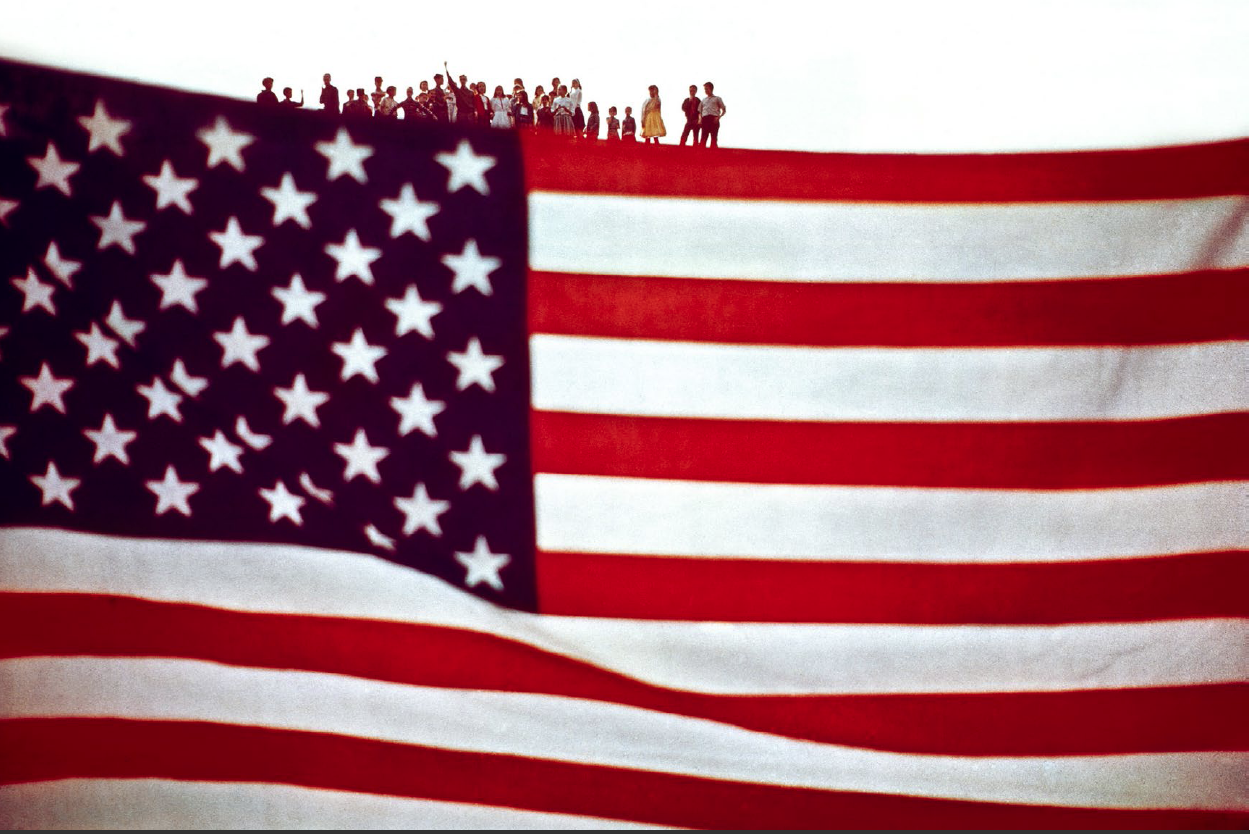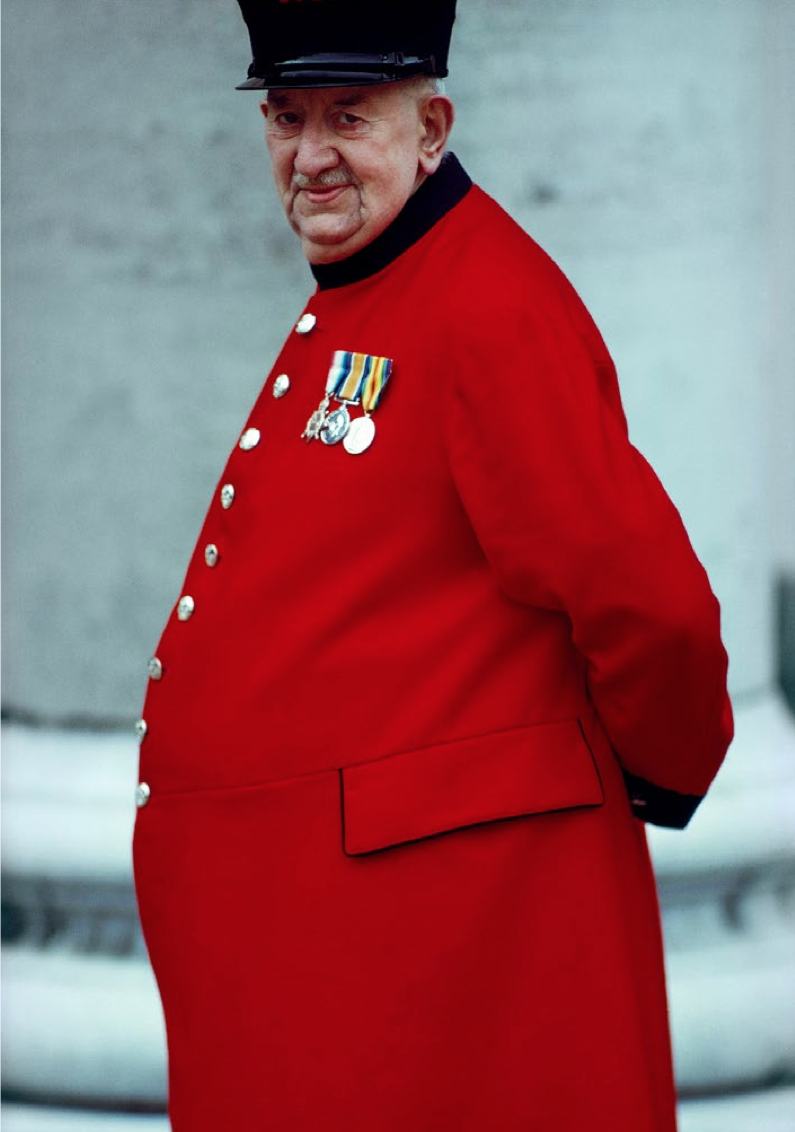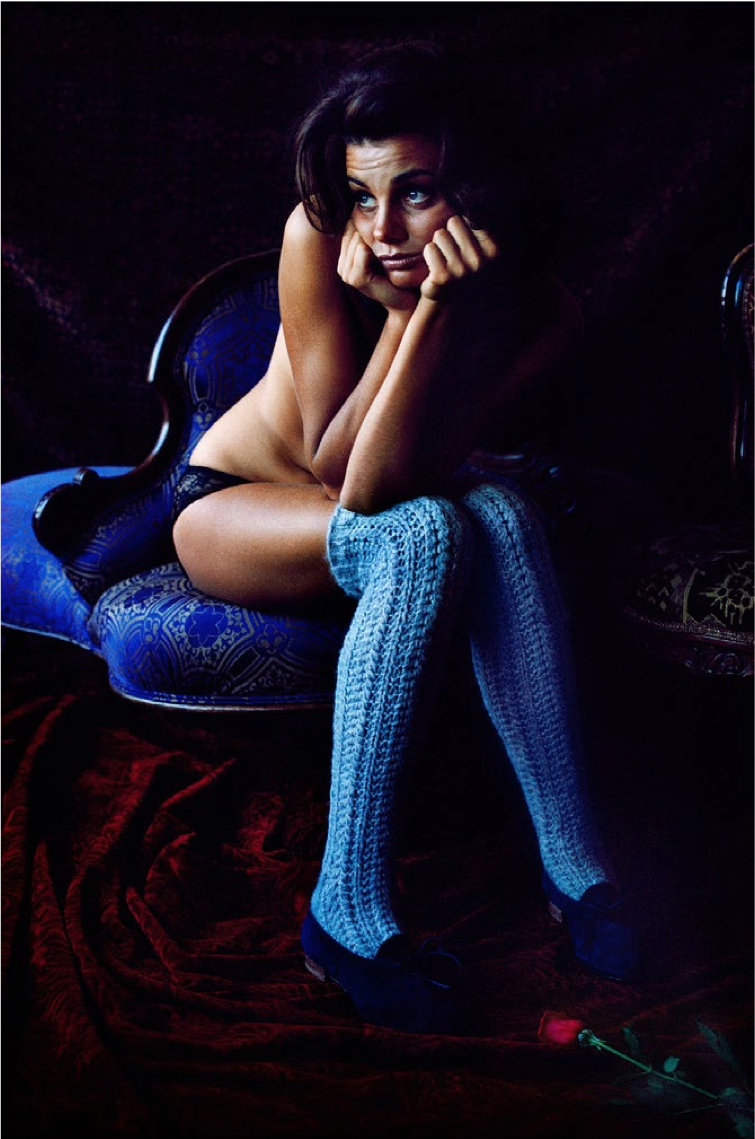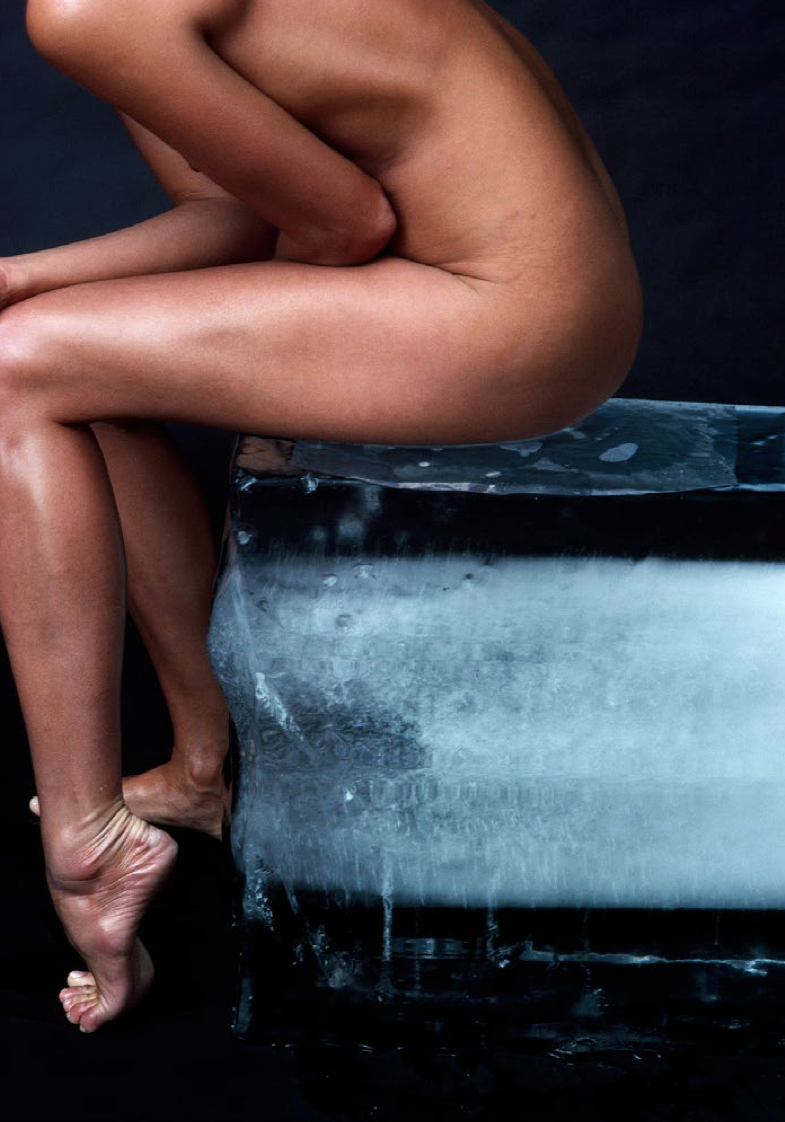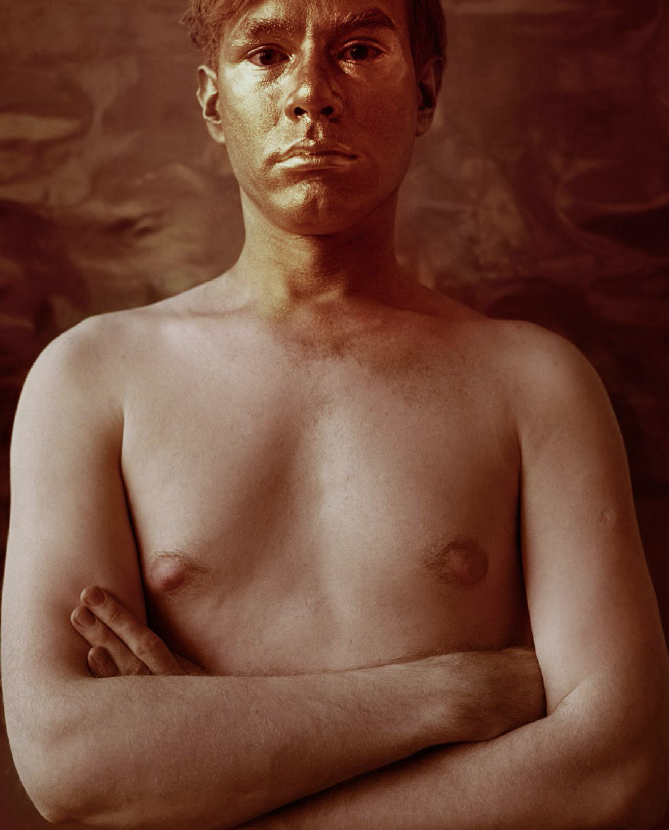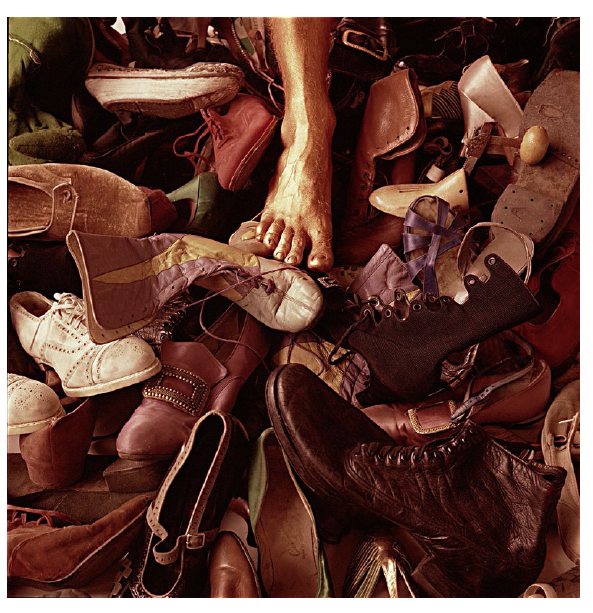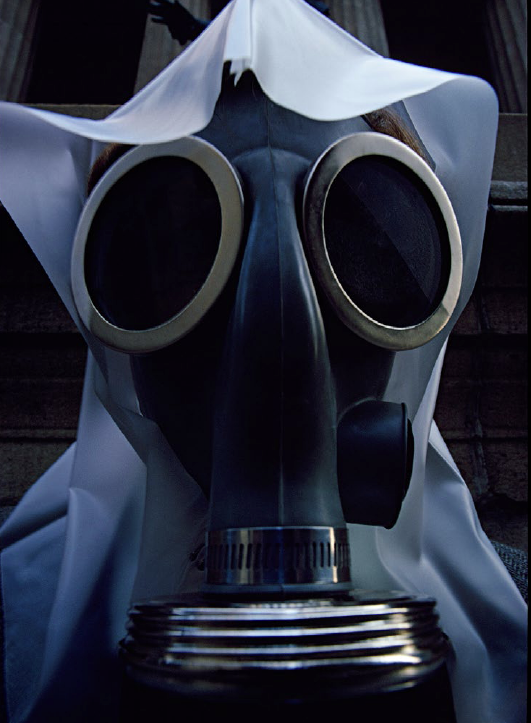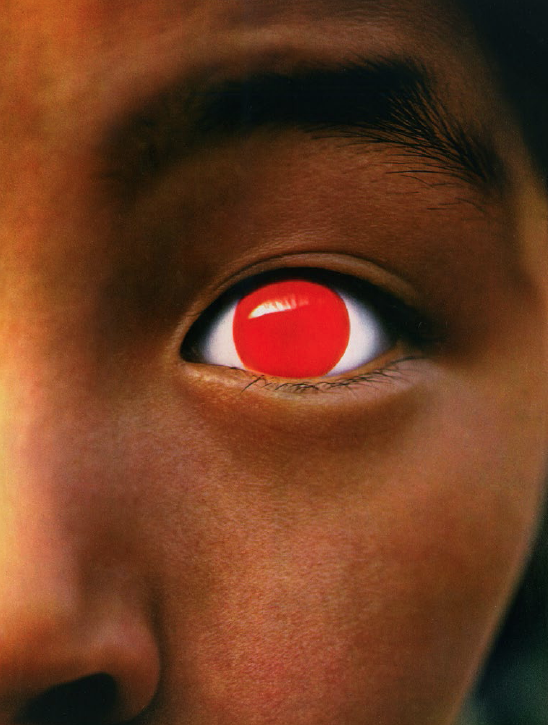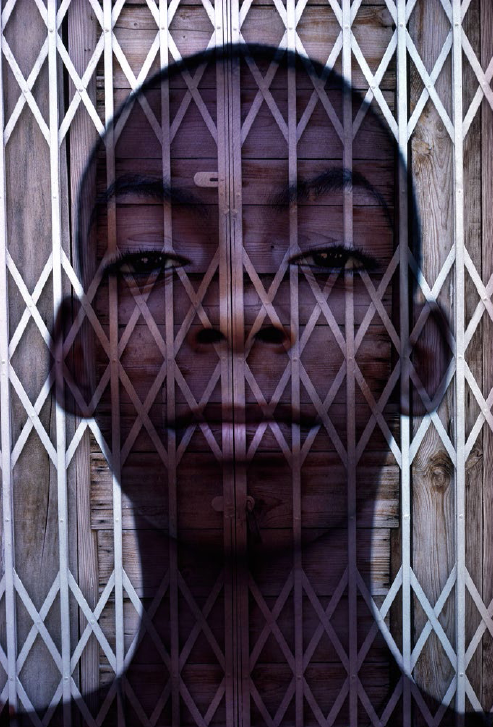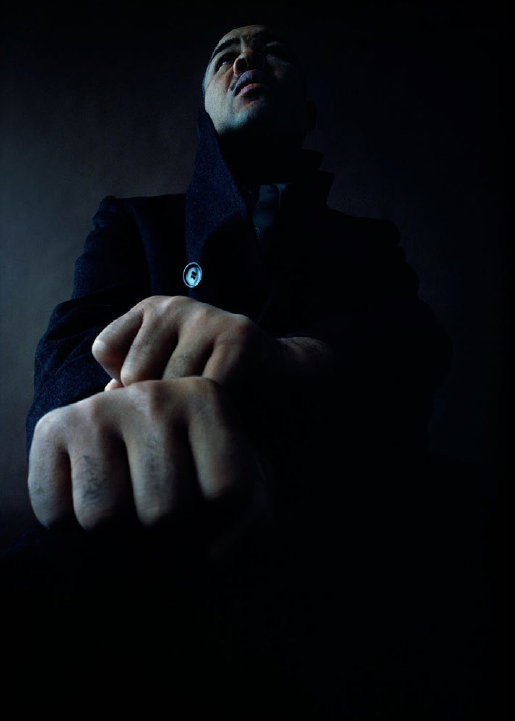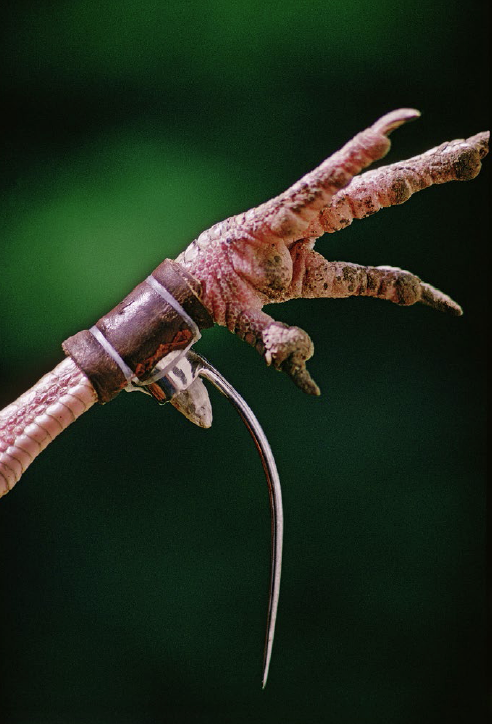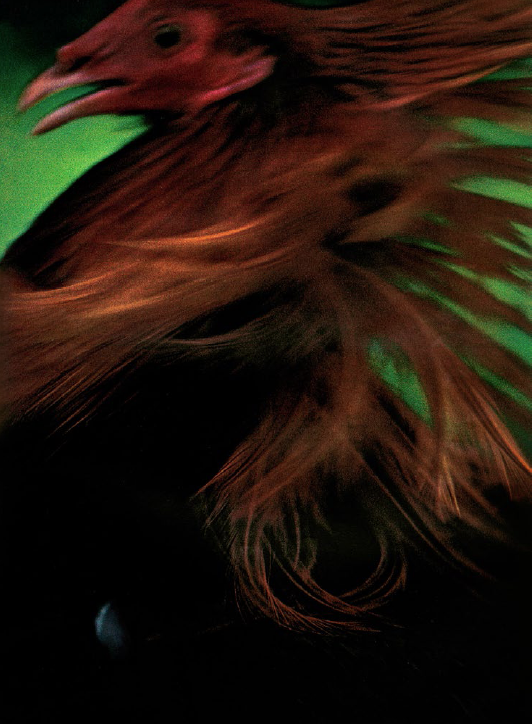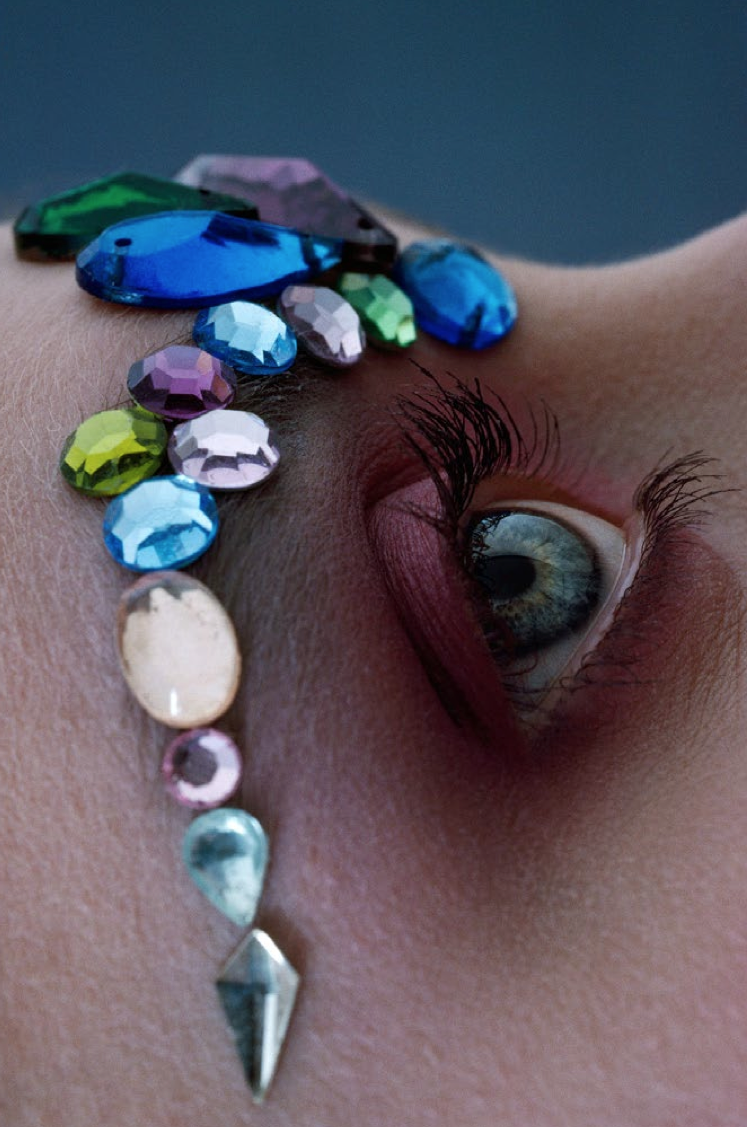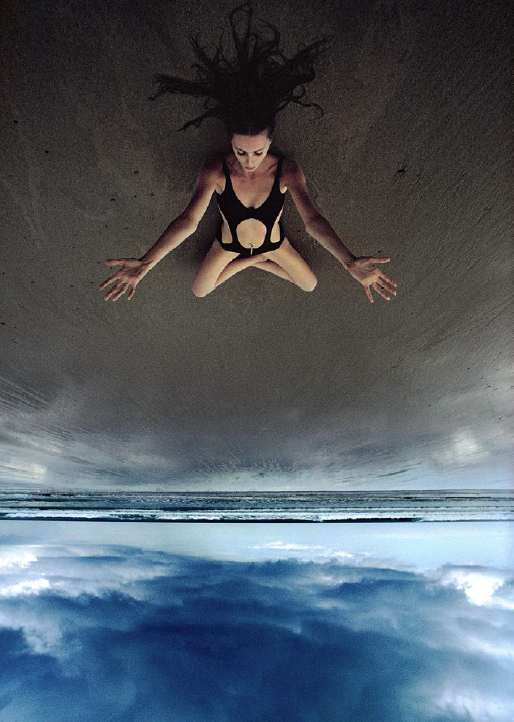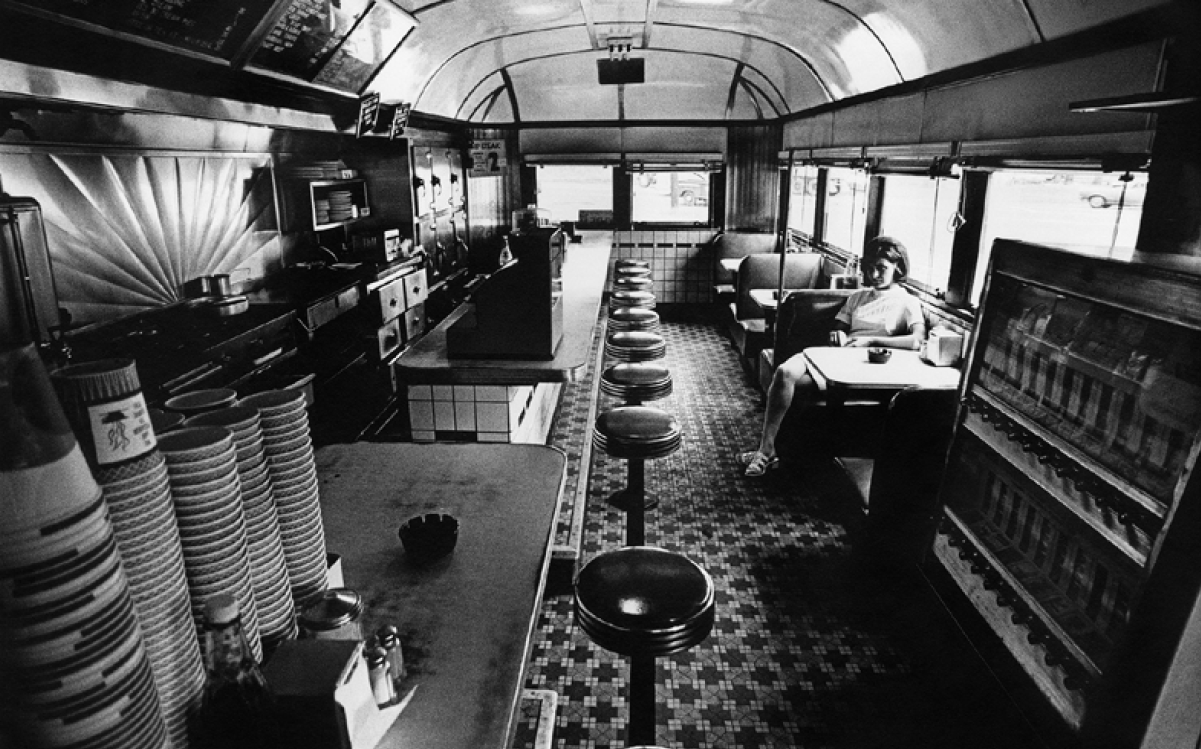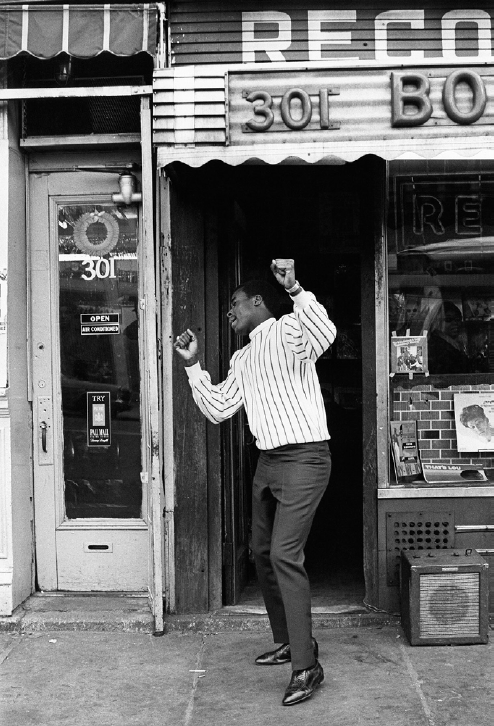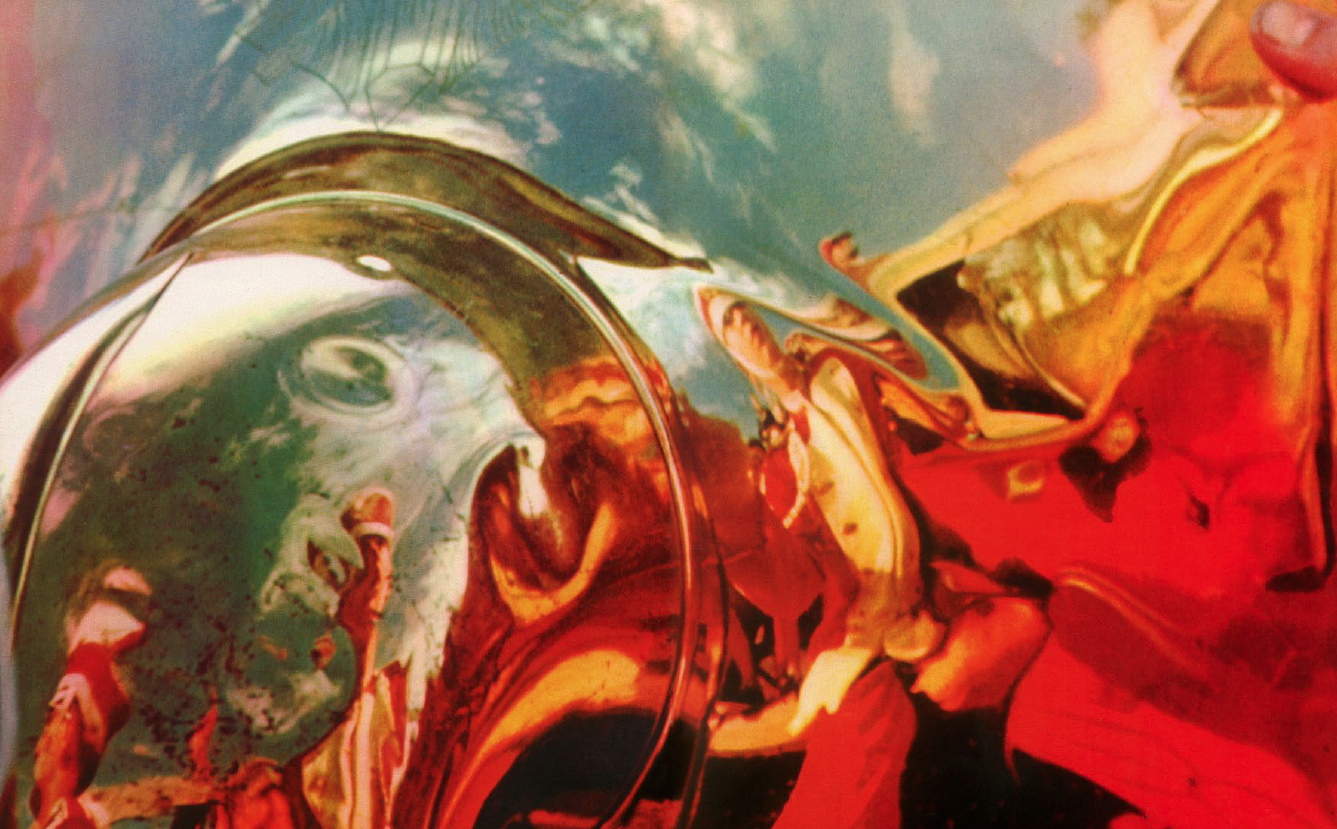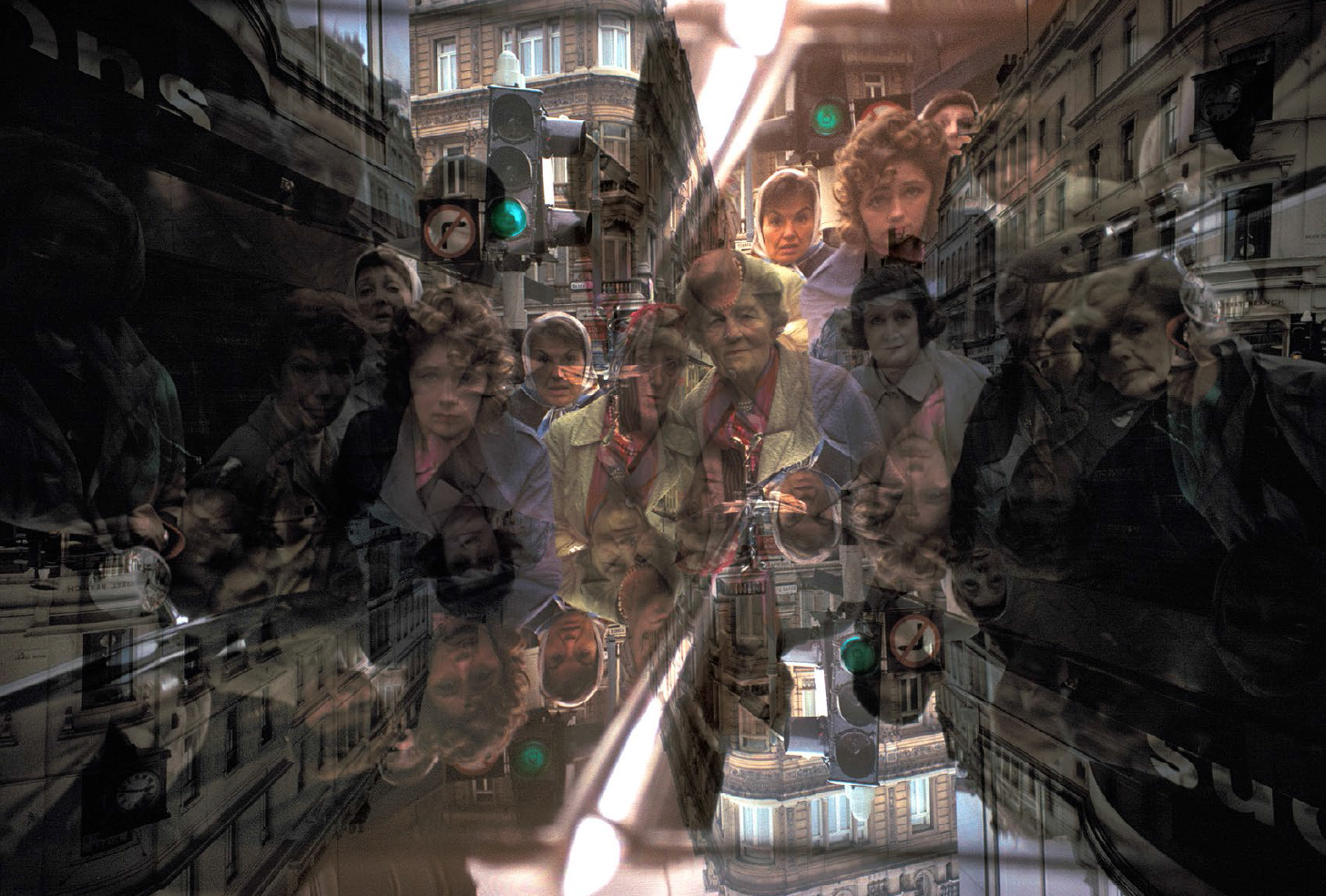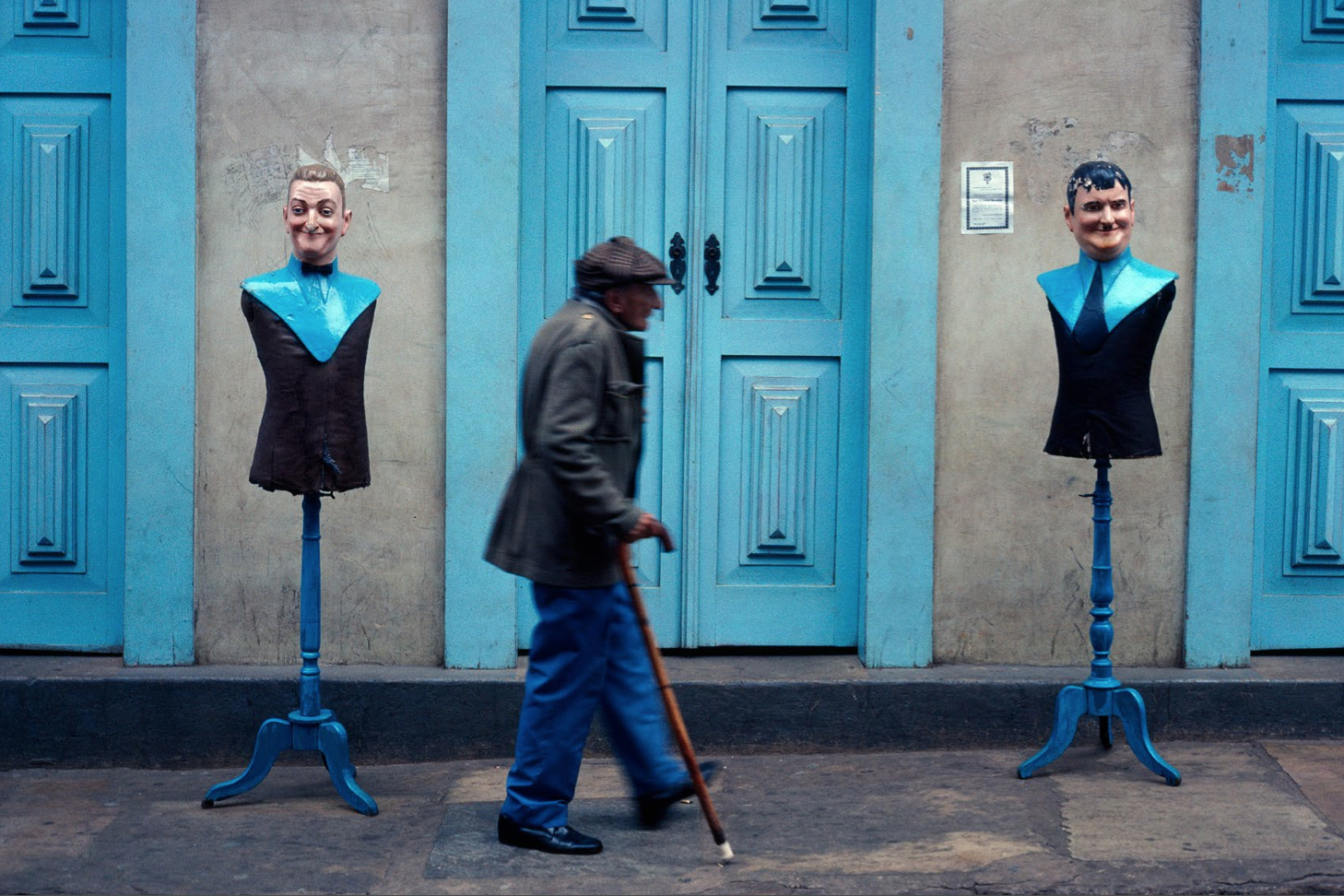Art Kane. Legendary New York photographer who made the Harlem 1958 Jazz portrait, and whose music archives include The Who, The Rolling Stones, Bob Dylan, The Doors and more.
Art Kane. A wonderful name, and a complete original. A brilliant, visionary New York based photographer whose legacy and legend live on today, and whose work remains unmatched. Kane made the legendary Harlem 1958 Jazz portrait, and his music archives include Louis Armstrong, The Who, The Rolling Stones, Bob Dylan, The Doors, Jefferson Airplane, Country Joe and the Fish, Frank Zappa, Cream, Eric Clapton, Sonny and Cher, Janis Joplin, and Aretha Franklin. He was the photographers’ photographer, an inspirational practitioner whose approach to portraiture is best summed up when he said “Performance shots are a waste of time, they look like everyone else’s. If you want to shoot a performer, then grab them, own them, you have to own people, then twist them into what you want to say about them.”
“I think of Art Kane as being strong, say, like a pumpkin sun in a blue sky. Like the sun, Art beams his eye straight at his subject, and what he sees, he pictures – and it’s usually a dramatic interpretation of personality.”Andy Warhol
Kane built his reputation as an Art Director (the youngest on a major NYC magazine) before embarking on a career as a photographer. He trained with the mercurial Alexey Brodovitch, a tough teacher who had a hand in the careers of legends such as Irving Penn and Richard Avedon. His first photographic assignment – in 1958 – was a portrait of no less than 57 of the world’s most famous Jazz musicians, taken on the 126th Street in Harlem. This was published in Esquire magazine to worldwide acclaim. It is probably the single greatest photograph in the history of Jazz – not a bad place to start your career.
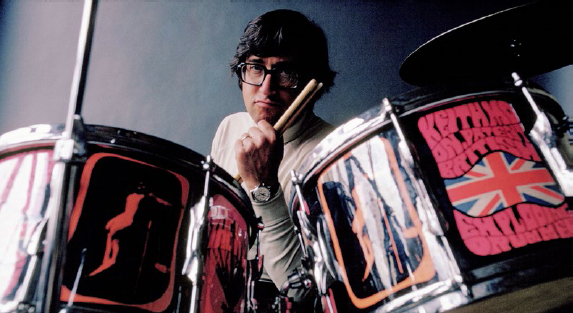
Art Kane poses with Keith Moon’s drumkit, 1968
Throughout the sixties and seventies he turned his hand to editorial, fashion, celebrity portraiture, and nudes, and he excelled and innovated in each one. He pioneered the use of a wide angle lens for close up portraits, and his beautifully constructed work is characterised by the use of deeply saturated colours.
Our interest lies with Kane’s music portfolio, a series of brilliant images taken for magazine features, principally in the second half of the sixties and featuring The Rolling Stones, Bob Dylan, The Who, Cream, The Doors, Janis Joplin, Jefferson Airplane, Frank Zappa and others. Art Kane’s limited edition photographs are available to purchase in a range of sizes, including some in dramatic ultra large formats measuring six feet high. It’s particularly exciting to be able to offer previously unpublished Art Kane studio portraits of Pete Townshend and Roger Daltrey, and working closely with Art Kane’s son Jonathan, we have unearthed a triptych of images showing them at the height of their pop art pomp.
Examples of Kane’s innovation abound. Smells Like Teen Spirit? Look at the portrait of Sonny and Cher, taken underwater in Los Angeles in 1966 and you’ll see Kane was there more than 25 years before Nirvana. And who took the first punk rock picture? Look no further than Kane’s tightly framed 1966 close up of Brian Jones, a swirling contrast of skin pores, hair and fabric, with the Rolling Stone biting into a portrait of the Queen. Or may be not quite 100% punk : look closely at the teethmarks and you’ll see he just avoided her head.
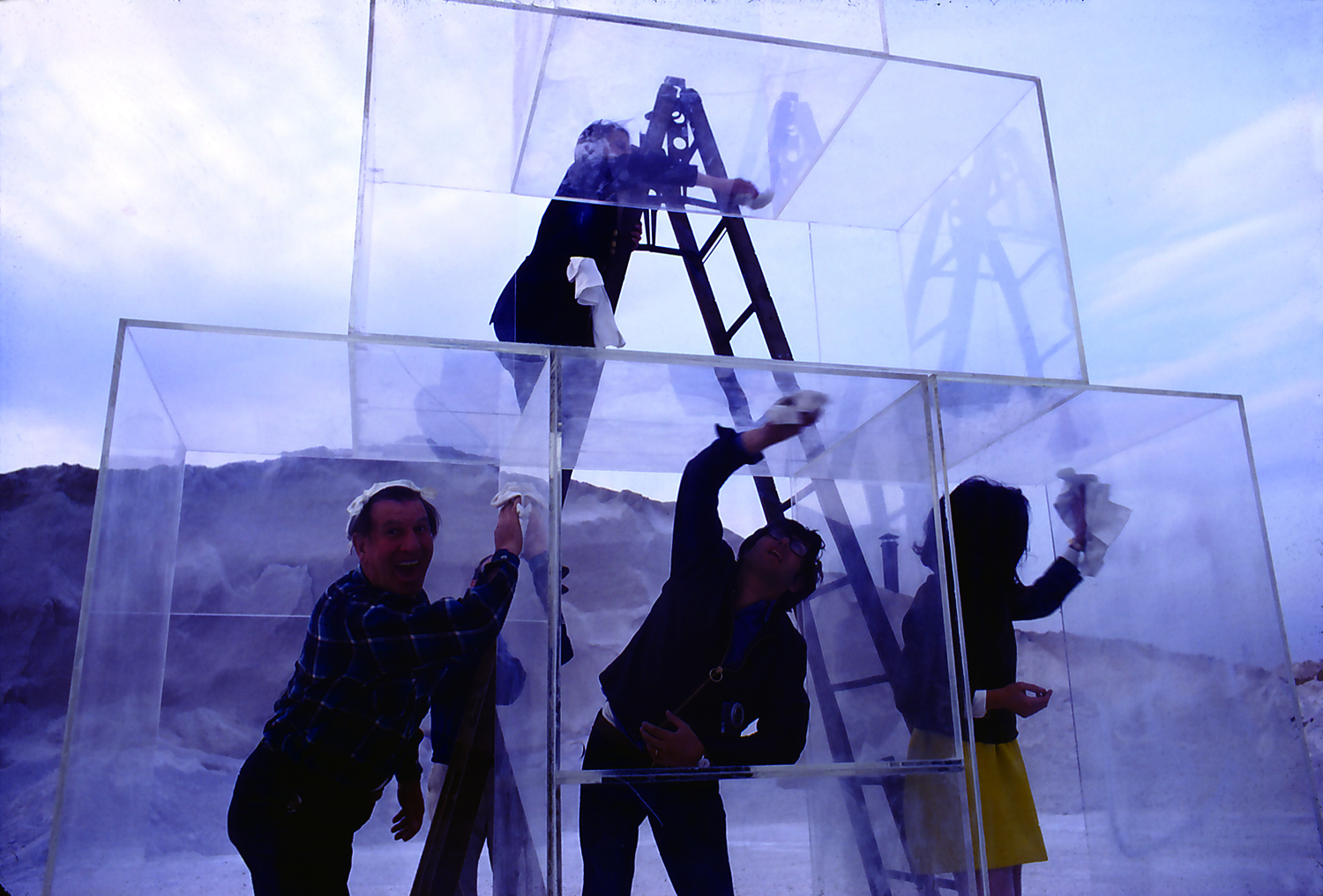
Art Kane (bottom, centre) and his team prepare the plexiglass boxes for the 1968 shoot with Jefferson Airplane
These beautifully constructed portraits didn’t happen by chance. Far from it. Kane chartered a private plane to take Louis Armstrong and a rocking chair to the centre of the Mojave desert for a portrait. So much easier to have stayed in Las Vegas, where Armstrong was performing, and shoot him blowing his trumpet with his cheeks puffed out. But that wasn’t the point – everyone else was doing that, and Kane knew there was another side to Armstrong.
He also spent three thousand dollars in 1968 constructing plexiglass boxes to contain the individual members of Jefferson Airplane on the banks of New York’s East River. Kane went to the lengths he did to make the viewers look behind the accepted view of these musicians. Look at Frank Zappa and the Mothers of Invention, as scary looking a bunch of fellows you could ever encounter, but actually, family men to the core. This is how Kane portrayed them in 1968, with their babies in hand.
Kane died in 1995, but his legacy lives on. His son Jonathan curates his archive and releases small limited editions of these beautiful photographs. Each one is fully authenticated by Jonathan Kane on behalf of the Art Kane estate. No serious collection is complete without an Art Kane in its midst – but the trouble is, which one to choose?






